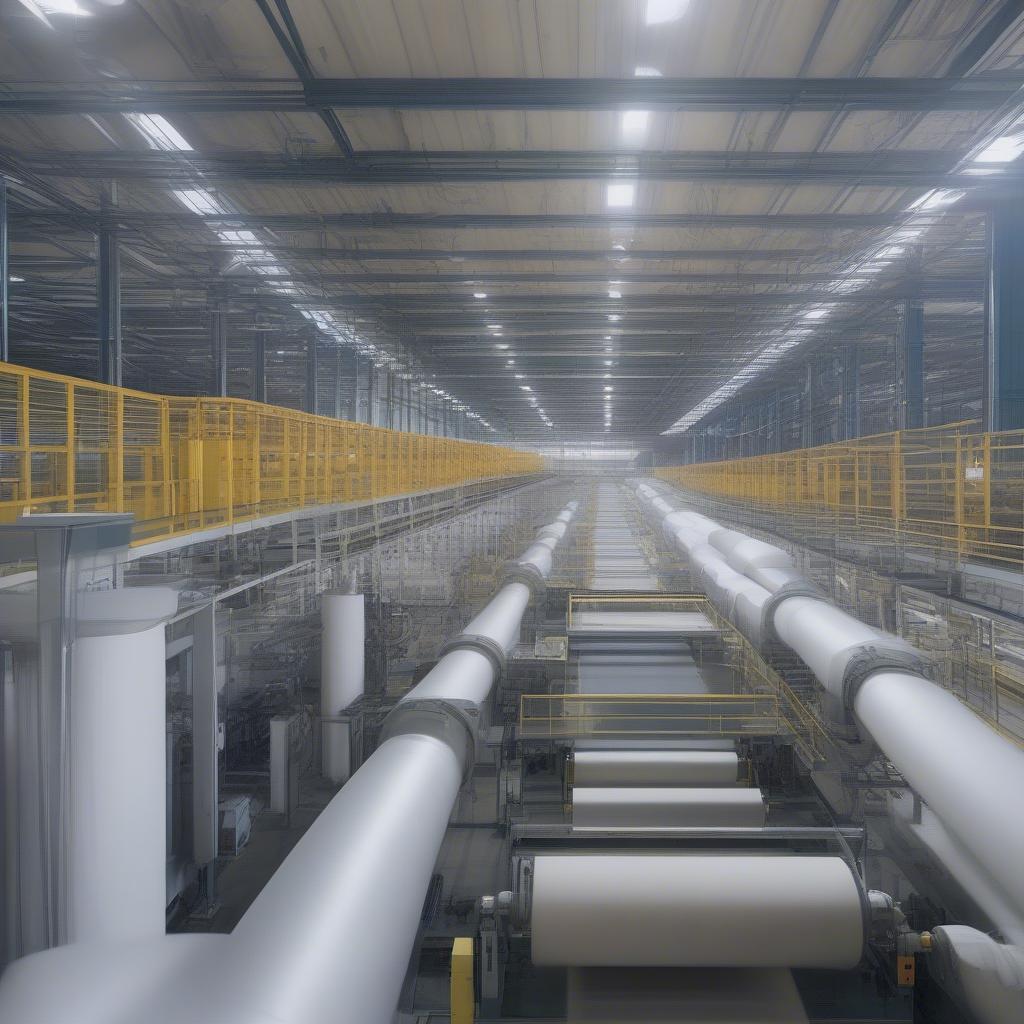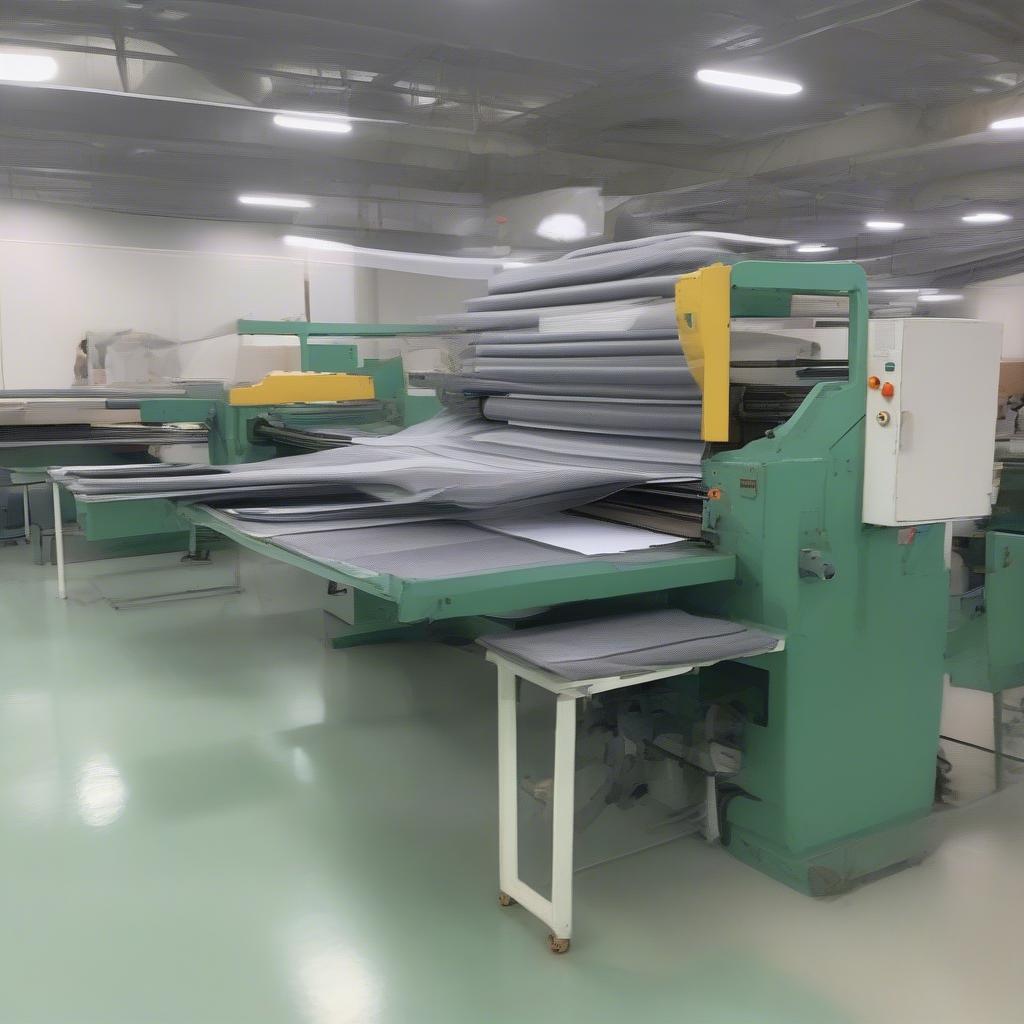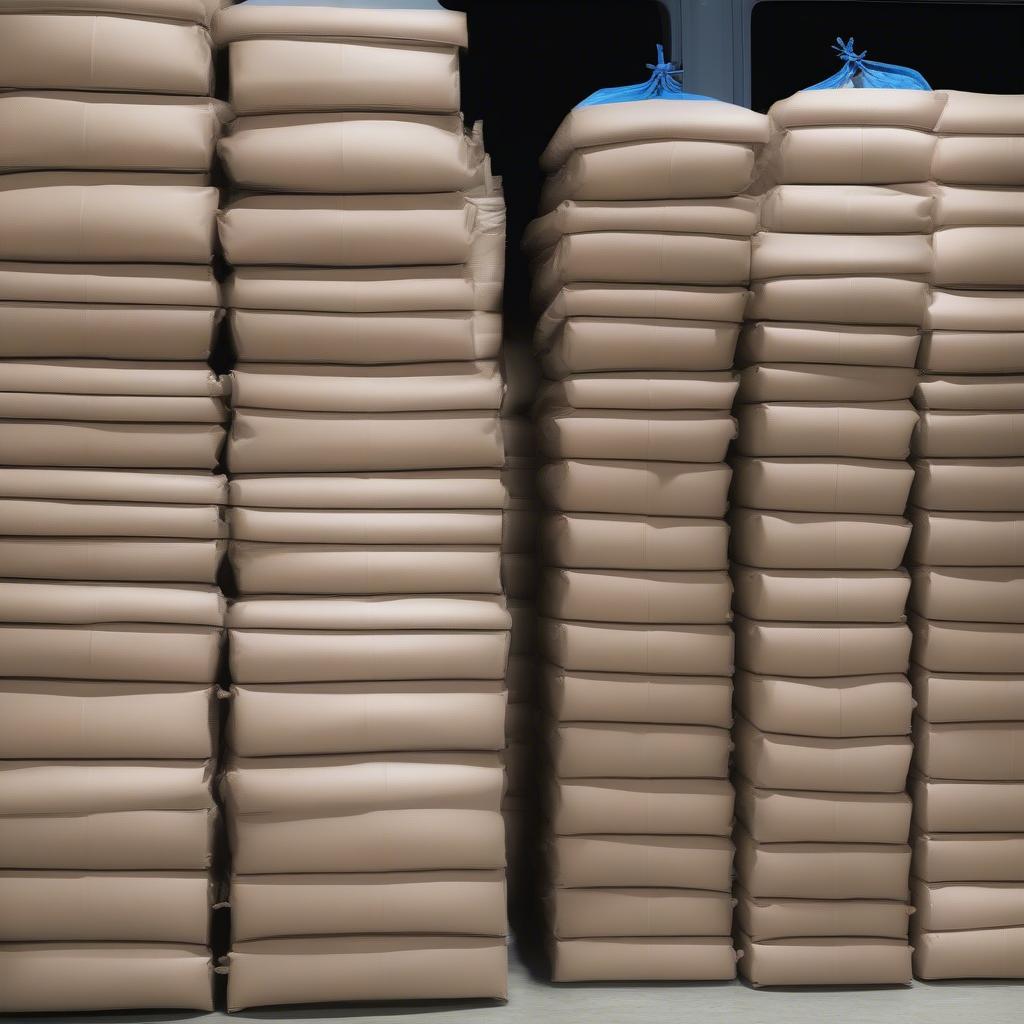Woven Bag
Decoding the Non Woven Carry Bag Making Process
The Non Woven Carry Bag Making Process is a fascinating blend of efficiency and sustainability, transforming raw materials into versatile everyday items. From shopping trips to promotional giveaways, these bags have become ubiquitous. This article dives deep into the step-by-step process behind creating these essential carriers, exploring the materials used, the manufacturing techniques, and the environmental impact of this increasingly popular choice. custom printed non woven bag
From Raw Material to Fabric: Understanding Non-Woven Fabric
Non-woven fabric, unlike traditional textiles, doesn’t involve weaving or knitting. Instead, fibers are bonded together through mechanical, thermal, or chemical processes. Polypropylene (PP) is the most common material used due to its durability, water resistance, and recyclability. Other materials include polyethylene (PE), polyester, and even natural fibers like bamboo or jute for a more eco-conscious approach. The specific properties of the chosen material influence the final bag’s strength, texture, and overall performance.
 Non-Woven Fabric Production Line
Non-Woven Fabric Production Line
The Non Woven Carry Bag Making Process: A Step-by-Step Guide
The non woven carry bag making process can be broken down into several key stages:
- Web Formation: The raw material, usually PP pellets, is melted and extruded into fine fibers. These fibers are then laid down in a web, forming a continuous sheet.
- Web Bonding: This is the crucial step that gives the fabric its structure. Methods include thermal bonding (using heat and pressure), chemical bonding (using adhesives), or mechanical bonding (needle punching or hydroentangling).
- Coloring and Printing: Color can be added either during the extrusion process or later through printing. Modern printing techniques allow for intricate designs and logos, making these bags ideal for branding and promotional purposes. online colorful pp spunbond non-woven fabric for nonwoven bag
- Cutting and Sewing: The large sheet of non-woven fabric is then cut into the desired shape of the bag. Automated machines handle this process efficiently and precisely. Handles are attached through sewing, ultrasonic welding, or heat sealing.
- Quality Control: Throughout the non woven carry bag making process, rigorous quality control checks are implemented to ensure the bags meet the required standards for strength, durability, and appearance.
 Cutting and Sewing Non-Woven Bags
Cutting and Sewing Non-Woven Bags
The Environmental Impact: Weighing the Pros and Cons
Non-woven bags are often touted as an eco-friendly alternative to plastic bags. While they offer several advantages, such as reusability and recyclability, it’s important to consider the entire lifecycle. ok google do i need to line a woven bag The production process still consumes energy and resources, and the disposal of non-woven bags, though better than plastic, still contributes to landfill waste. Choosing bags made from recycled materials or biodegradable fibers can lessen the environmental impact.
What are the advantages of non-woven bags?
Non-woven bags offer durability, water resistance, and are often reusable, making them a practical choice.
How are non-woven bags made?
The process involves creating a web of fibers, bonding them together, adding color or print, cutting, and sewing.
Are non-woven bags eco-friendly?
While more sustainable than single-use plastic, their production still has an environmental footprint. Opting for recycled or biodegradable materials enhances their eco-friendliness. pp laminated non-woven bags
What materials are used to make non-woven bags?
Polypropylene (PP) is the most common, but other materials like polyethylene, polyester, and natural fibers are also used.
Can non-woven bags be customized?
Yes, they are highly customizable, offering various colors, prints, and sizes to suit different needs. non woven bags manufacturer in delhi ncr
Where can I find non-woven bag manufacturers?
Many manufacturers specialize in non-woven bags. Online directories and industry associations can be helpful resources.
What are some alternative materials to polypropylene for non-woven bags?
Consider eco-friendly options like recycled PP, biodegradable fibers, or natural materials like jute and bamboo.
In conclusion, the non woven carry bag making process is a complex yet efficient system that delivers a versatile and increasingly popular product. Understanding the process, from raw material to finished product, allows for informed decisions about the environmental impact and the best choices for both consumers and businesses.
 Stacks of Finished Non-Woven Bags
Stacks of Finished Non-Woven Bags
When you need assistance, please contact us at Hanoi, Vietnam or Tech Avenue, Suite 12, San Francisco, CA 94105, USA. We have a 24/7 customer service team.
